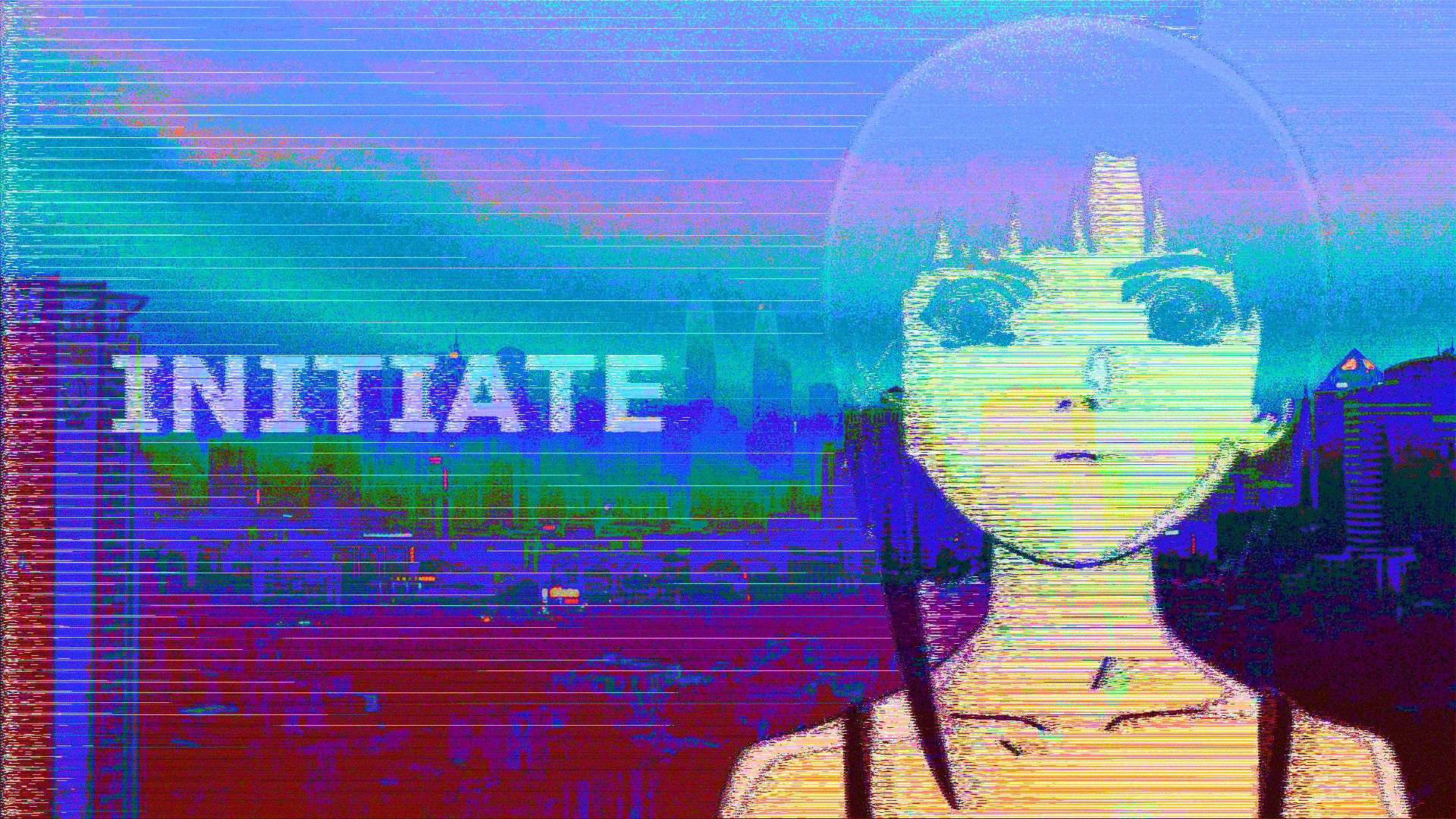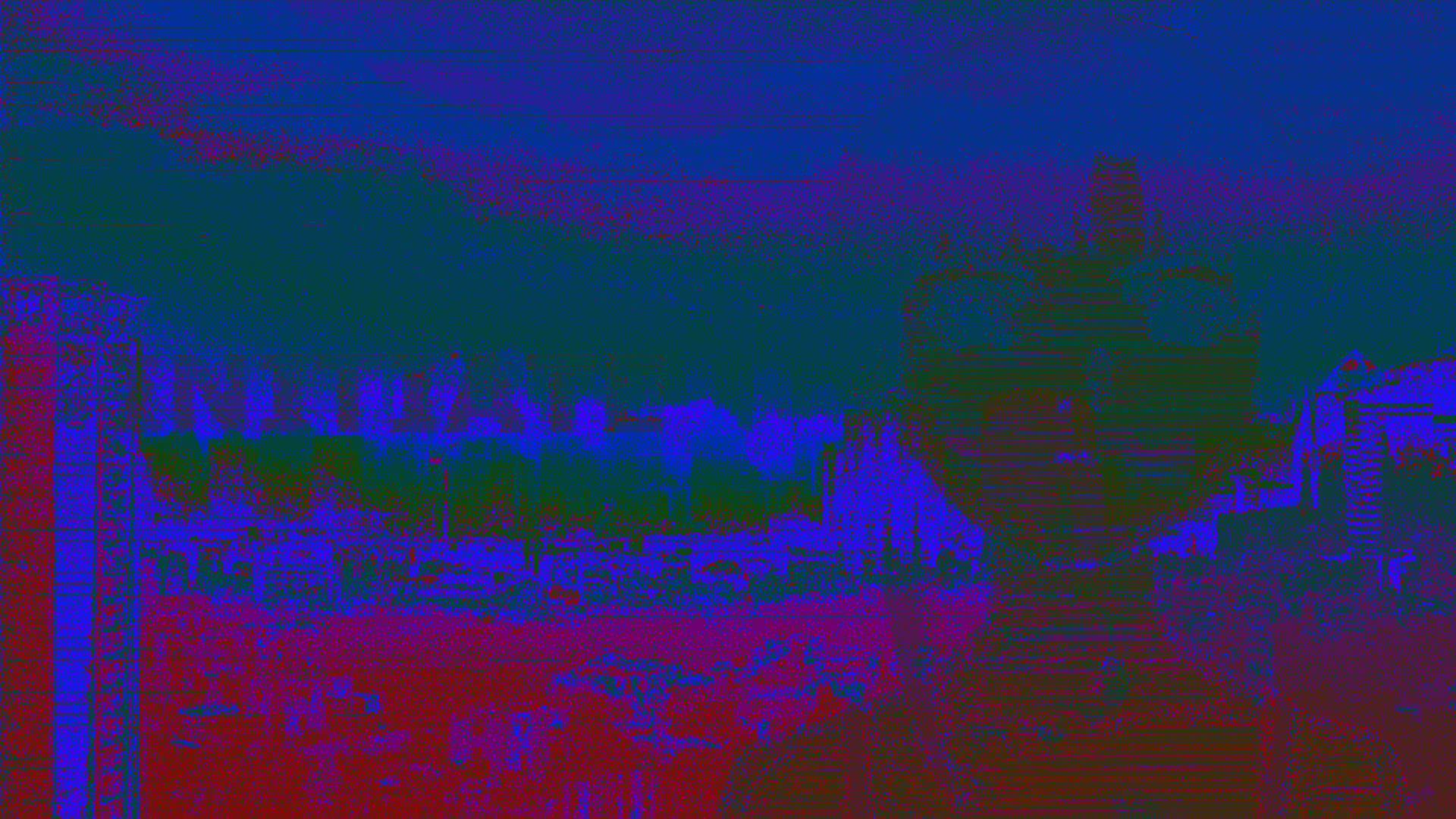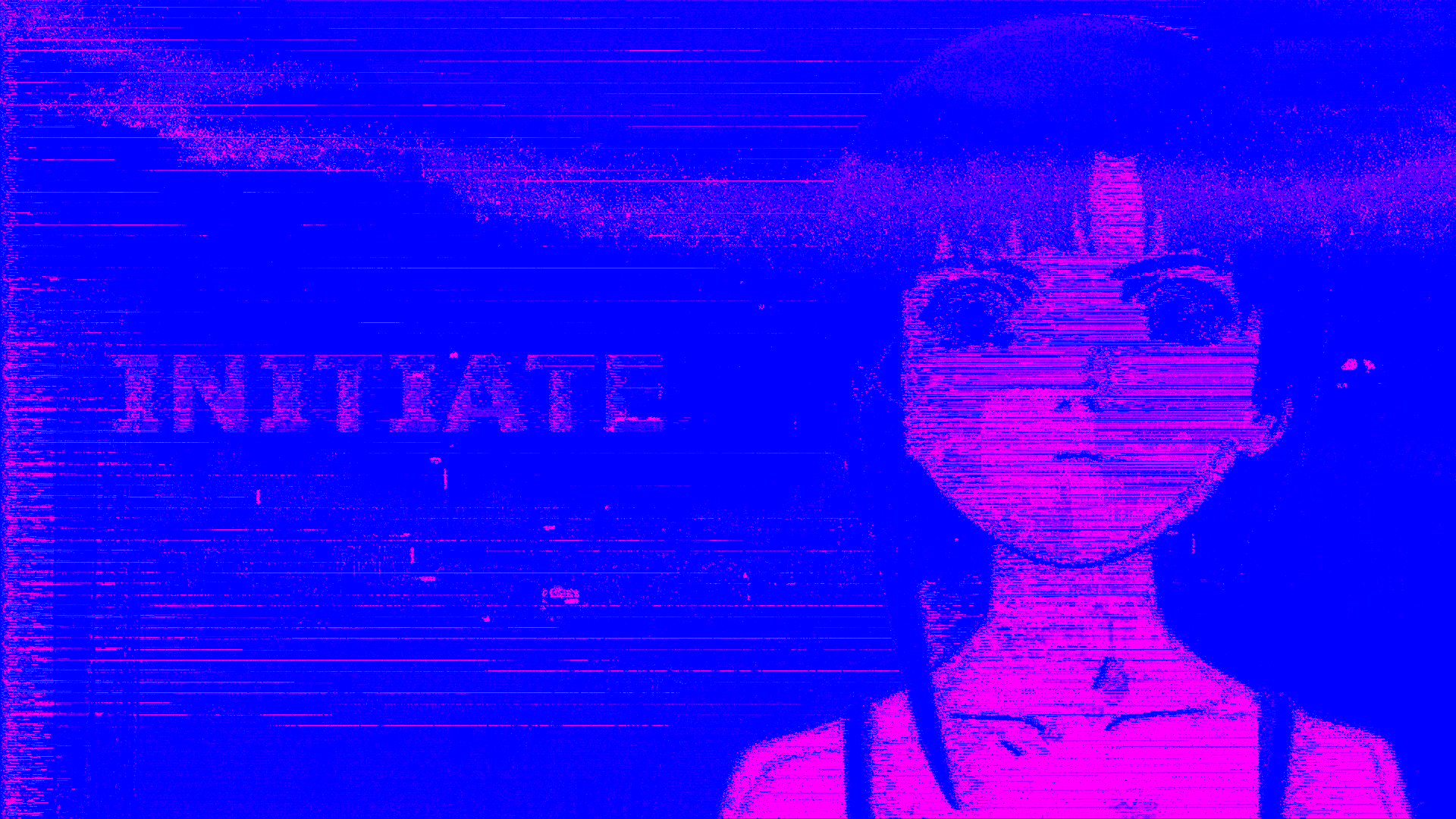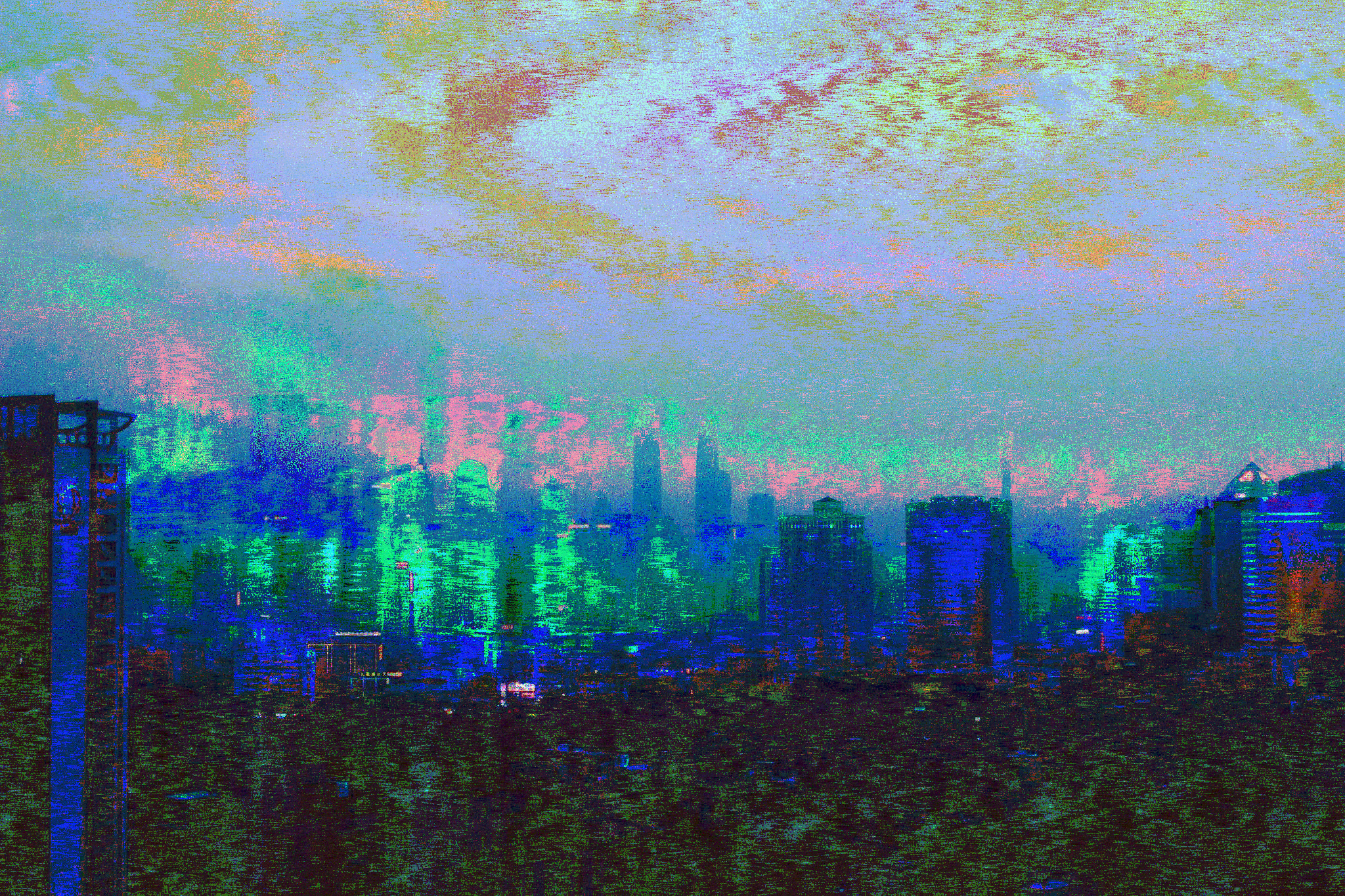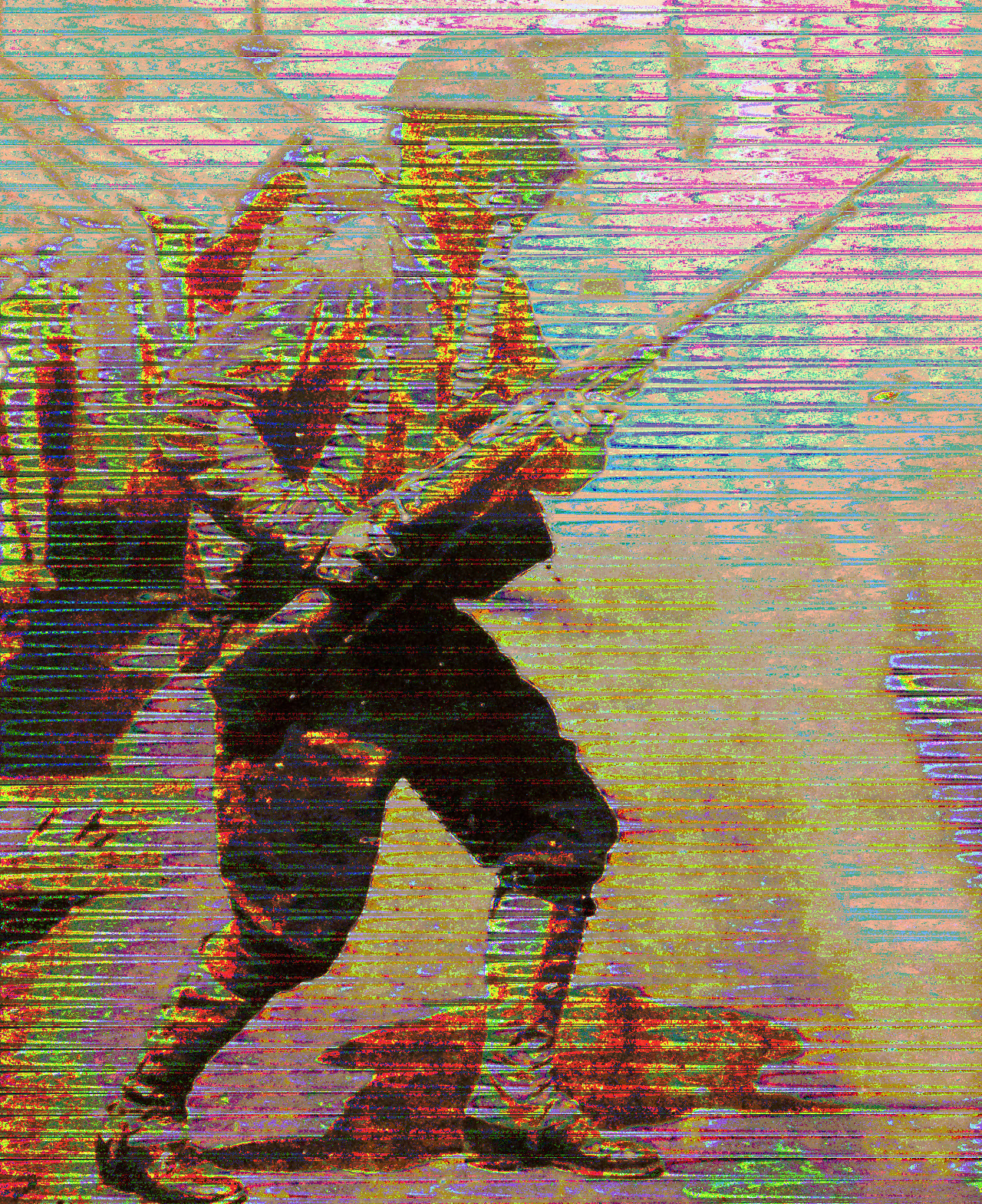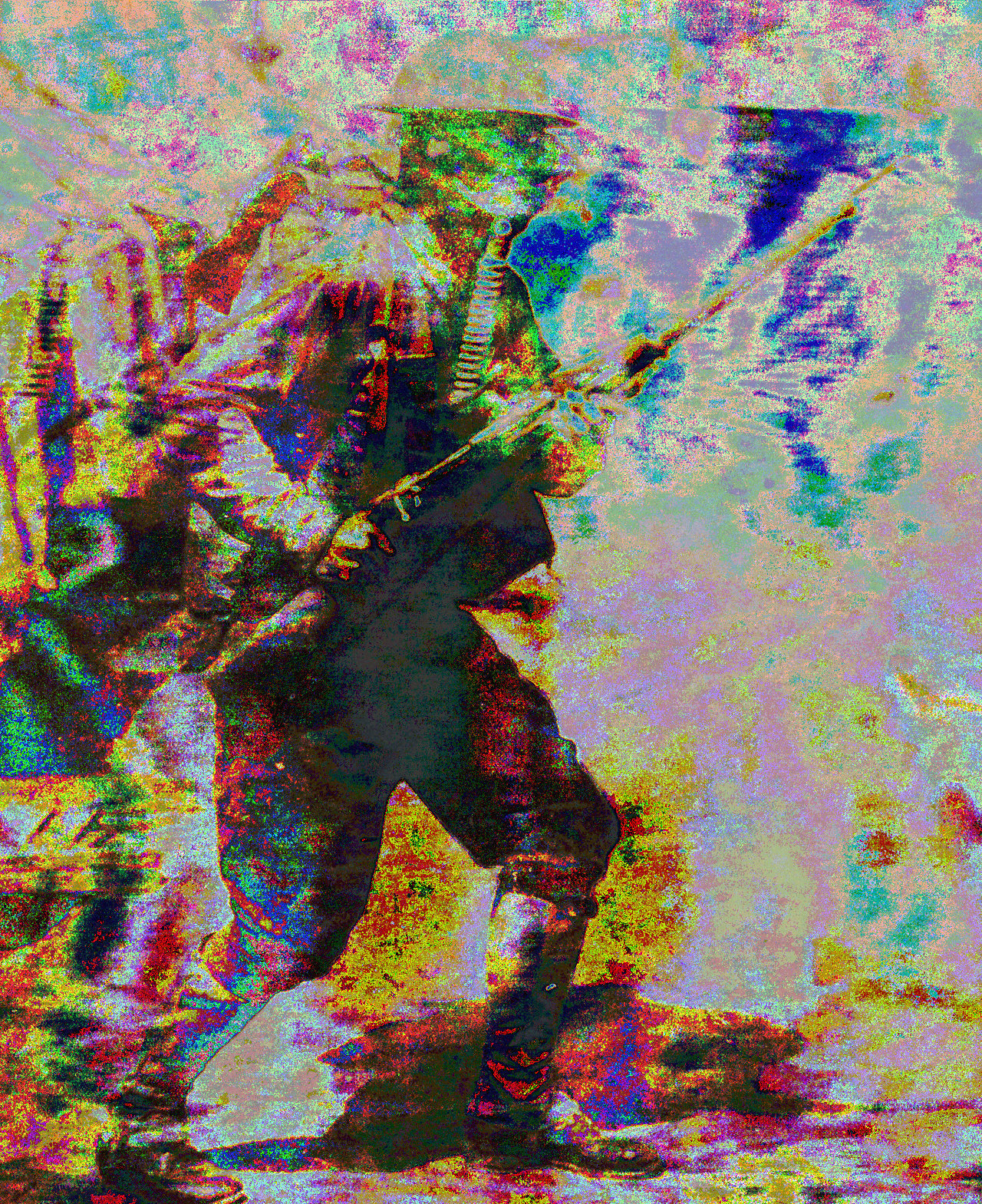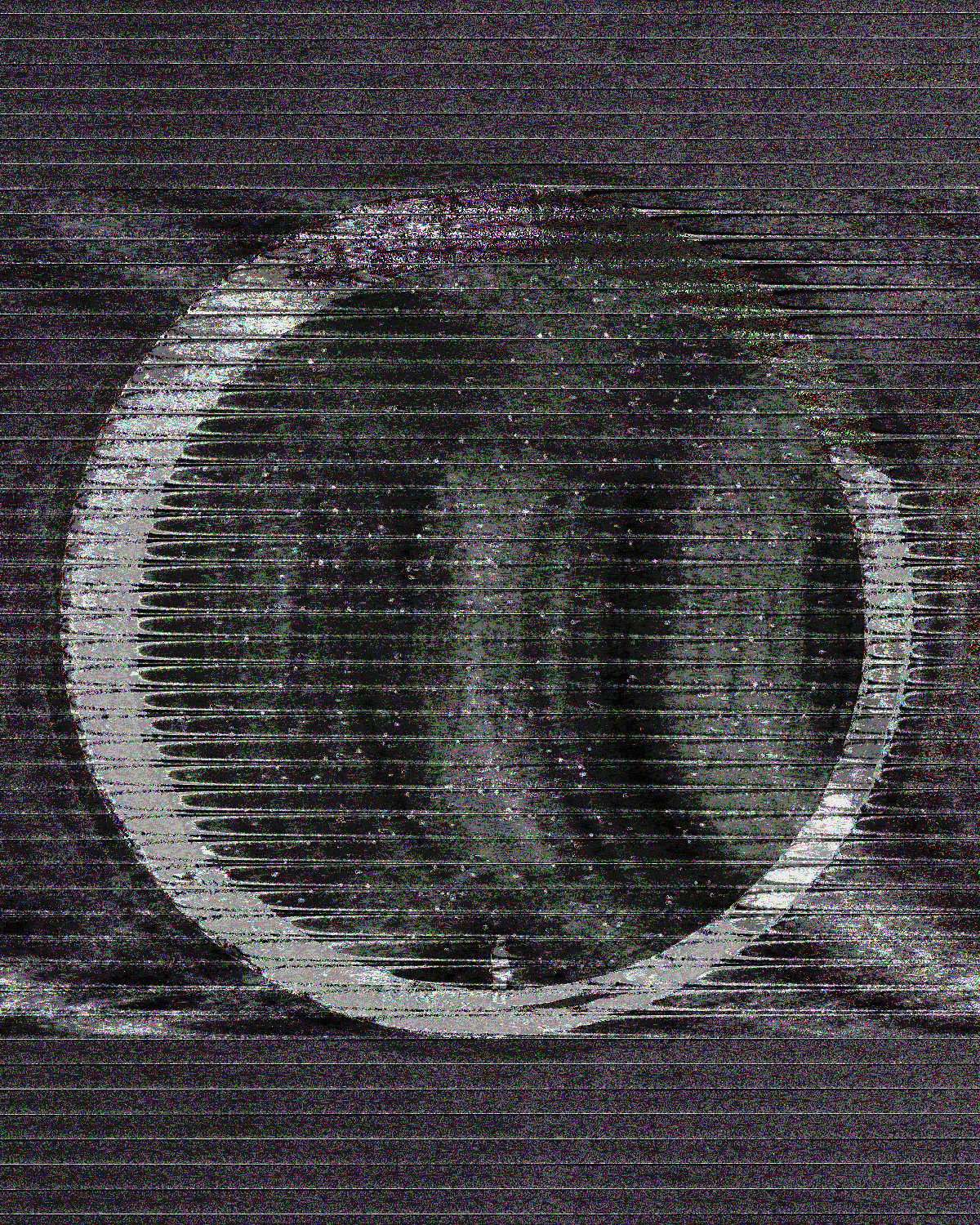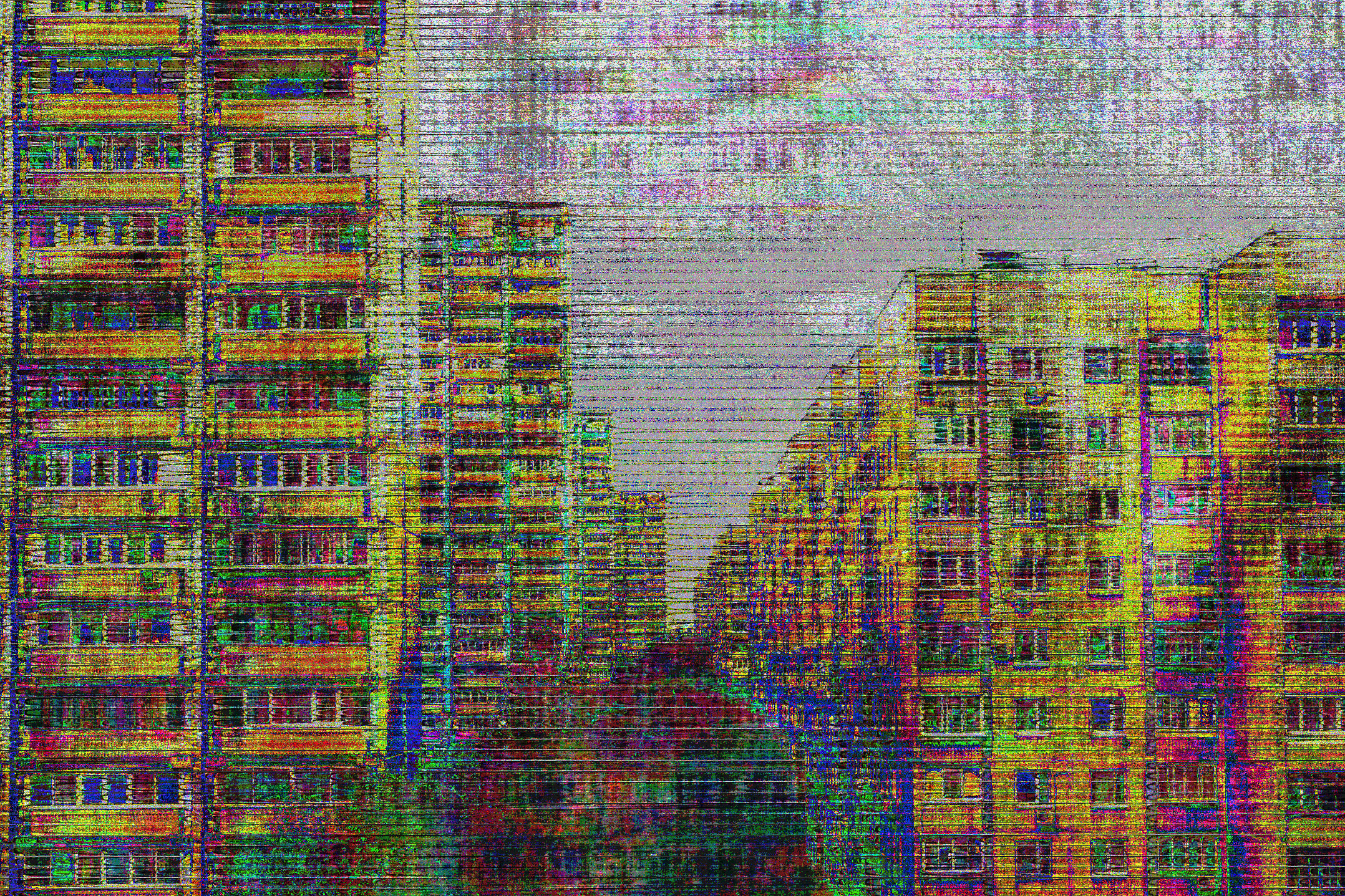Initiate Lain Designing
I found the Initiate website, and I felt like doing some Lain art
based around it. I started with a clear background png of Lain and the
Initiate text, and then I found a simple lofi city background to use
for the background. Originally the Lain was black and white, but after
glitchifying the background, I threw it into GIMP and added a few
multiply color layers over it. I experimented a little bit with the
colors that I overlayed onto it, but I eventually decided on the one
that was easiest to see. After deciding which one I wanted, I threw it
into Photoshop to make a gif out of it(You can do this in GIMP,
but it's much easier in Photoshop). All I really did was add some
glitchy-typed movement to it. While it didn't really turn out the
best, it was my first gif, so I was happy enough with it. I attached
the final product, some Lains that I thought looked kind of cool, and
an alternate city background that gives off some weird vibes.
Early Experimentation with Glitch Art
As you can probably tell by the shitty art, I haven't been doing this
for very long, probably around a month. I've mostly been using GIMP
with Audacity to create my images, and I've been sticking to the
reverb, distortion, phaser, and wahwah effects. Reverb is good for
repeating your images, as seen in the circle image. Disortion is good
for when you just want to fuck your pixel colors; I believe I used it
in the soldier image with the random blotches of color, as well as the
dystopian city. However, if you want to get those long dragging lines
through your image, you typically want to use phaser, and if you use
this with reverb, you have the potential of making some really fucked
images. While the other effects don't really have much of an effect on
color, besides the occasional color distortion, wahwah can completely
pull the color out of the image. If you use it on images with
solid-colored backgrounds, wahwah is basically an overcomplicated
background remover, but it takes the all the color as well as half the
image opacity with it. If you've read this far into my explanation,
you must be on adderall; I've somehow managed to type this paragraph
in monotone.
